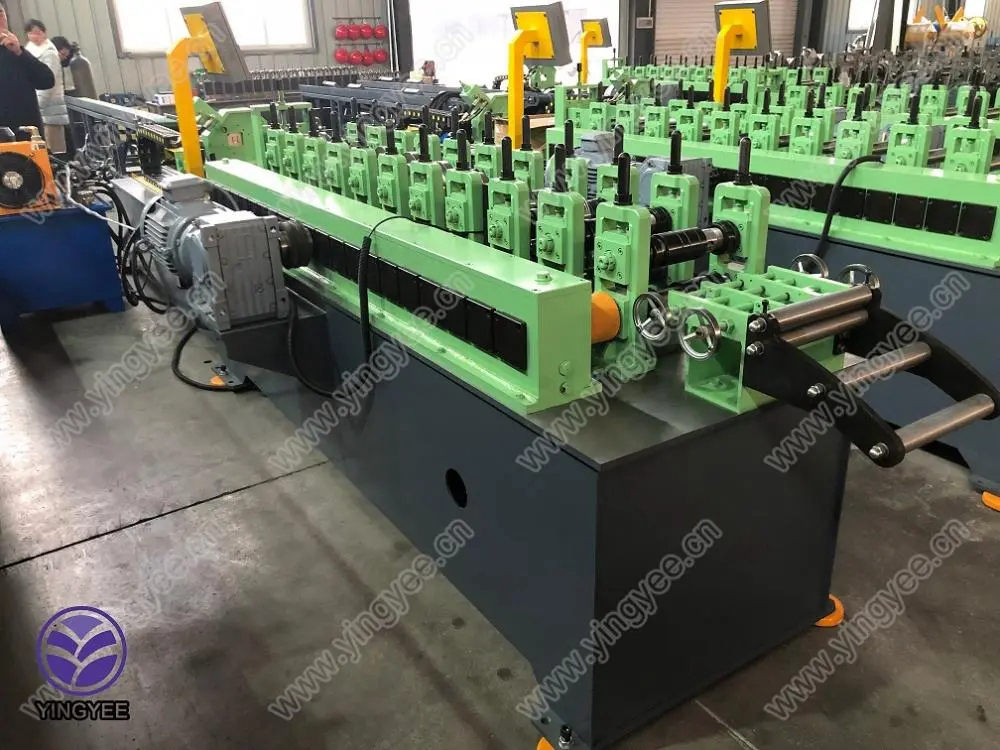
The Advantages of Sandwich Wall Panel Equipment
In recent years, the construction industry has witnessed a significant transformation with the introduction of innovative materials and technologies. One such advancement is the development of sandwich wall panel equipment. These systems play a pivotal role in the manufacturing of sandwich wall panels—composite materials made up of two outer layers enclosing an insulating core. The unique design and benefits of these panels have made them a popular choice for various construction applications, from residential buildings to commercial facilities.
Sandwich wall panels are primarily composed of two face sheets, typically made from steel, aluminum, or fiber-reinforced polymers, with an insulation layer in between. This construction offers excellent thermal performance, which is crucial for energy efficiency. The manufacturing process of these panels requires specialized equipment capable of handling the raw materials and producing high-quality products.
One of the crucial benefits of utilizing sandwich wall panel equipment is its efficiency. The automated machinery streamlines the production process, reducing the time needed to create wall panels significantly. This is particularly important in a construction environment where time often translates into cost savings. By employing advanced technology, manufacturers can produce large volumes of panels quickly without compromising on quality.
Moreover, the design flexibility offered by sandwich wall panel equipment allows for customization. Builders can select various materials, thicknesses, and finishes that suit specific project requirements. This adaptability is vital in today’s construction landscape, where individuality and sustainability are becoming increasingly important. As architects and builders push the boundaries of traditional design, sandwich wall panels provide the perfect solution to meet their needs while maintaining structural integrity.

Another major advantage of sandwich wall panels is their lightweight nature. Given that these panels are easier to handle and transport, they reduce labor costs and the time needed on-site for installation. This aspect is particularly beneficial in projects with limited access or in urban settings where space is at a premium. The panels can be efficiently transported and installed with fewer workers, making them an attractive option for contractors looking to optimize their resources.
In addition to their practical advantages, sandwich wall panels are environmentally friendly. The insulation core significantly improves the building’s energy efficiency, helping to lower heating and cooling costs. Furthermore, the materials used in the panels can often be recycled, reducing waste and promoting sustainability. As environmental concerns grow, more businesses prioritize eco-friendly practices, and sandwich wall panels align perfectly with these goals.
Moreover, the durability of sandwich wall panels is a significant factor contributing to their popularity. Resistant to weathering, corrosion, and pests, these panels provide a long-lasting solution that minimizes maintenance needs. This longevity translates into lower lifecycle costs, making them a wise investment for property owners and builders alike.
In conclusion, sandwich wall panel equipment has revolutionized the construction industry by providing efficient, customizable, and environmentally friendly solutions. With benefits ranging from enhanced energy performance to durability and cost-effectiveness, it’s no surprise that sandwich wall panels are becoming the material of choice for modern building projects. As technology continues to advance, the potential for these systems to further impact the construction landscape is boundless, paving the way for more sustainable and innovative building practices.